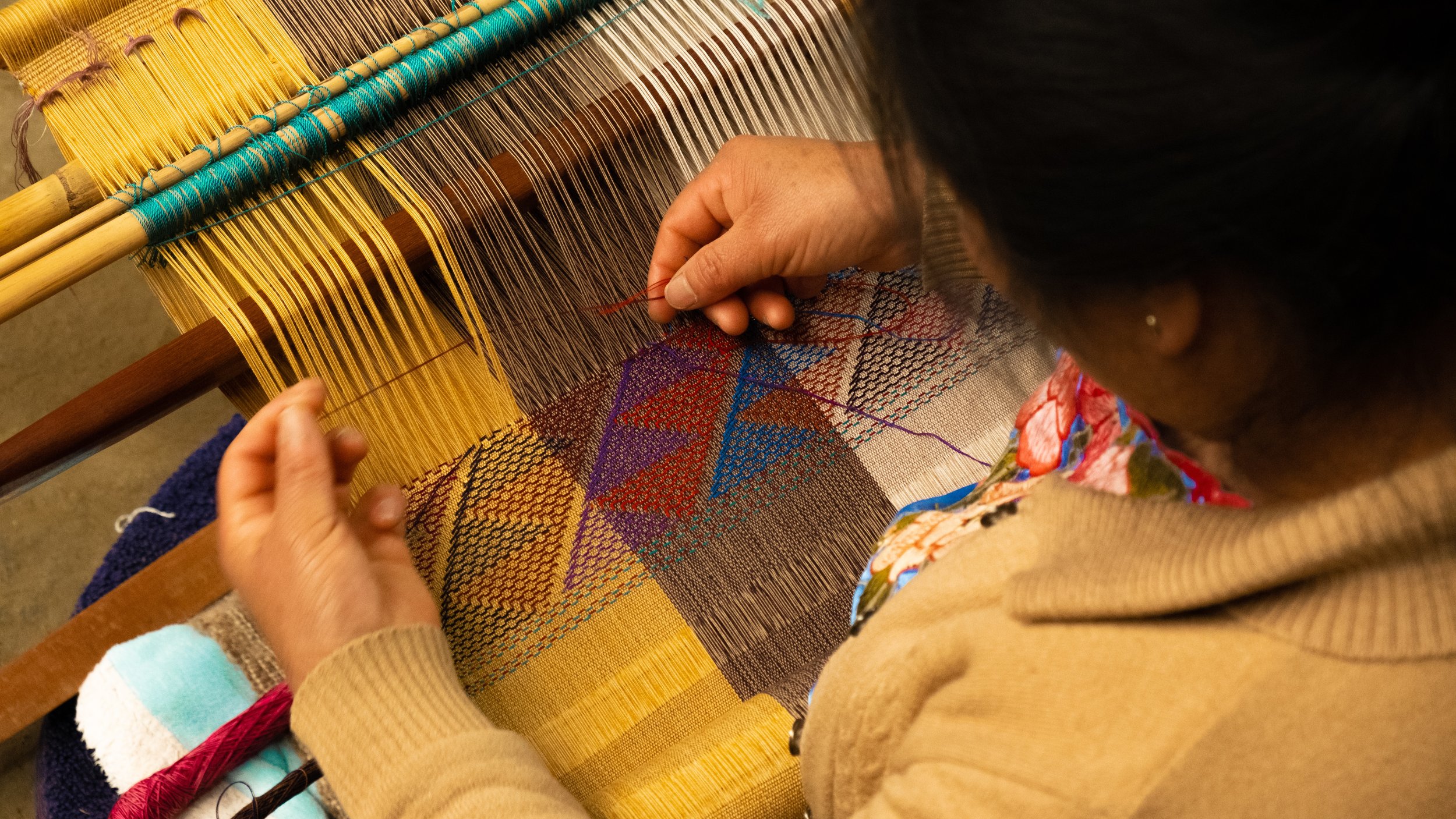Everything about Mexican fabrics
Mexican fabrics have their roots in the ancient pre-Hispanic cultures that inhabited the territory now known as Mexico. Cultures such as the Maya, Aztecs, Zapotecs, and Mixtecs developed advanced weaving techniques and textile production. Cotton was one of the most commonly used fibers in the manufacturing of fabrics in pre-Columbian cultures. For example, the Maya cultivated cotton and spun it into fine threads, which were then dyed using natural dyes derived from plants and minerals. These dyed threads were used to create beautiful fabrics and garments such as huipiles (blouses), skirts, and pants.
Most recognized Mexican fabrics:
Sarape: The sarape is a traditional fabric originating from Saltillo, Coahuila. It is characterized by its vibrant colors and geometric patterns. Sarapes are widely used as ponchos or blankets.
Rebozo: The rebozo is a traditional Mexican garment used as a shawl or scarf. It is woven in different regions of the country, such as Michoacán, Oaxaca, and Chiapas. Rebozos are often made of cotton, silk, or wool, and they are distinguished by their unique designs and weaving techniques.
Tenango Embroidery: This embroidery comes from the Tenango de Doria region in the state of Hidalgo. It is characterized by its vibrant colors and designs representing animals, plants, and geometric figures. These embroideries are typically done on cotton fabric.
Mexican fabrics are true works of art that reflect the cultural richness, creativity, and skill of Mexican artisans. Through ancestral weaving and embroidery techniques, these fabrics transport us to a world full of vibrant colors, unique designs, and a deep connection to history and tradition.
Mexican fabrics are not only beautiful but also tell stories. Each woven thread and embroidered stitch represent the legacy of past generations and the effort and dedication of artisans who keep these traditions alive. Moreover, Mexican fabrics are not only appreciated in their country of origin but have also conquered the global stage, being admired and recognized in fashion runways, art exhibitions, and homes of people who value beauty and authenticity.
By choosing a Mexican fabric, you not only acquire a unique and high-quality product but also support local communities and artisans. You are contributing to preserving a tradition that is passed down from generation to generation, representing the soul and identity of Mexico.
Interesting facts:
The art of embroidery in Mexico has a long history dating back to pre-Hispanic times.
Each region of Mexico has its own distinctive style of embroidery.
Dyes are obtained from natural sources, such as plants, flowers, insects, and minerals.
The use of traditional symbols and motifs is a prominent feature of Mexican embroidery.
Designs often represent elements of nature.
Many Mexican embroideries are done by hand, using traditional techniques passed down through generations.
Mexican embroidery has gained international recognition and has been featured on fashion runways and art exhibitions.
Embroidery is not limited to clothing in Mexico. It is also applied in the decoration of home textiles, such as tablecloths, cushions, and curtains.




